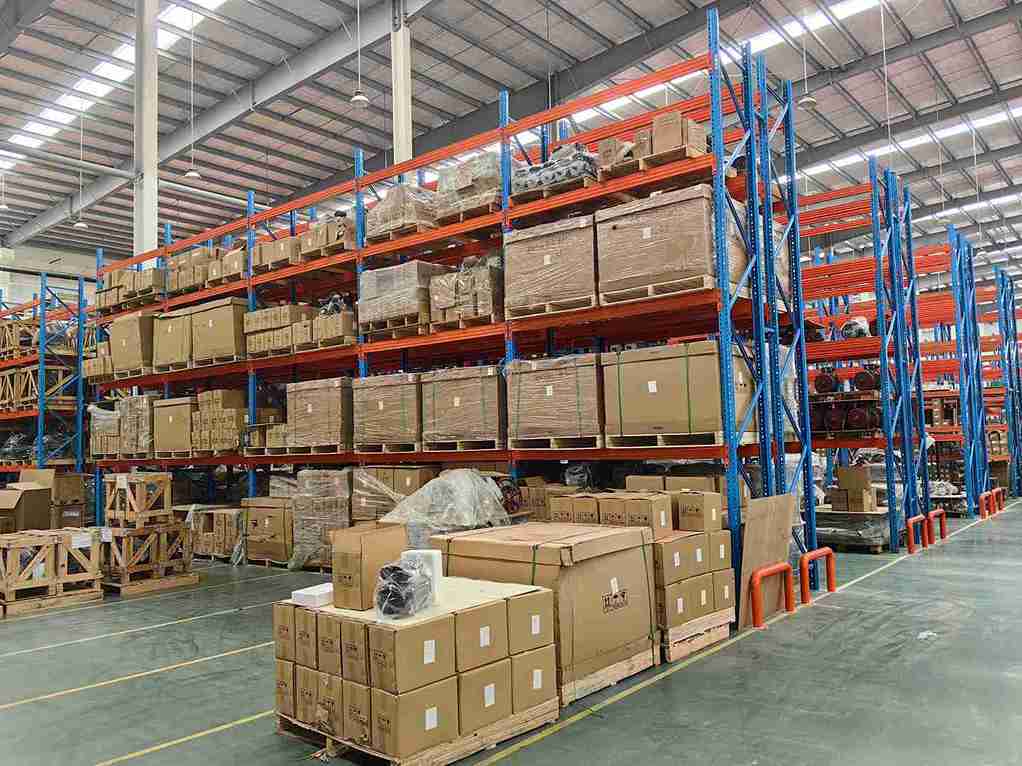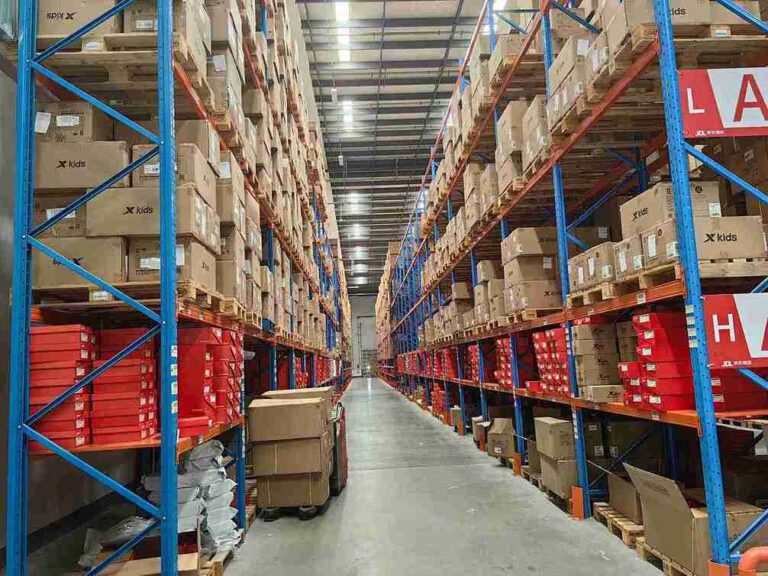📐 "First 50 Enterprise Queries Get Custom 3D Warehouse Design" Plan

Introduction
Preventing racking collapse is not just a regulatory requirement—it’s a critical operational necessity. A single structural failure can result in severe injuries, inventory destruction, and costly business interruptions. This guide provides a comprehensive, actionable approach to preventing racking collapse, ensuring warehouses remain safe, compliant, and efficient.

1. Why Preventing Racking Collapse Should Be a Top Priority
1.1 The High Cost of Racking Failures
A warehouse racking collapse can lead to:
Worker injuries or fatalities
Massive inventory losses
Regulatory fines (OSHA, ANSI, EN standards violations)
Operational downtime and lost revenue
Preventing racking collapse is far more cost-effective than dealing with the aftermath of a disaster.
1.2 Legal and Compliance Consequences
Regulatory bodies enforce strict warehouse safety standards. Failure in preventing racking collapse can result in:
OSHA penalties (up to $15,625 per violation)
Workers’ compensation claims
Legal liability for negligence
2. Key Causes of Racking Collapse and How to Prevent Them
2.1 Overloading – The Silent Killer
Preventing racking collapse starts with proper load management. Exceeding weight limits is a leading cause of failure. Best practices include:
Clearly labeling load capacities on every rack section
Training staff on weight distribution principles
Using weigh-in-motion systems to monitor pallet weights
2.2 Forklift Damage – The Most Preventable Risk
Forklifts cause 40% of racking failures (RMI). Preventing racking collapse from impacts requires:
Impact guards and column protectors
Forklift driver certification programs
Ultrasonic sensors to detect and report collisions
2.3 Poor Installation – A Recipe for Disaster
Even high-quality racks fail if installed incorrectly. Preventing racking collapse through proper installation involves:
Laser-leveling for perfect alignment
Torque verification of all bolts
Professional anchoring to concrete floors
2.4 Environmental Stressors
Preventing racking collapse in harsh environments requires:
Galvanized or powder-coated racks in humid climates
Seismic bracing in earthquake zones
Wind load calculations for semi-outdoor installations
3. The Inspection Regimen for Preventing Racking Collapse
3.1 Daily Visual Inspections (Operator Level)
Every warehouse worker should be trained to spot:
Bent or dented uprights
Loose or missing bolts
Beam deflection exceeding 1/180 of span length
3.2 Weekly Supervisor Checks
More thorough examinations should verify:
Rack plumbness (max 1/4″ deviation per 10’ height)
Floor anchor integrity
Load compliance with design specifications
3.3 Annual Engineering Assessments
Certified rack safety professionals should:
Perform non-destructive testing (NDT) on welds
Measure remaining material thickness in corrosion-prone areas
Verify compliance with current seismic codes
4. Advanced Technologies for Preventing Racking Collapse
4.1 Smart Load Monitoring Systems
Modern solutions for preventing racking collapse include:
RFID tags that track load weights in real-time
AI-powered cameras that detect overloading
Strain gauges that alert when beams approach deflection limits
4.2 Predictive Maintenance Platforms
IoT-enabled systems help in preventing racking collapse by:
Vibration analysis to detect loose components
Corrosion rate modeling for replacement scheduling
Automated inspection reminders based on usage data
5. Case Studies: Lessons from Catastrophic Failures
5.1 The 2017 Home Depot Collapse
A combination of overloading and unsecured pallets caused $2M in damages. The aftermath led to:
New corporate standards for load distribution
Mandatory rack safety training for all associates
5.2 Pharmaceutical Warehouse Failure (2021)
Undetected forklift damage accumulated over years resulted in a total collapse. The company now uses:
Monthly 3D laser scanning of critical racks
Blockchain-based inspection records
6. Creating a Culture of Rack Safety
Preventing racking collapse requires company-wide commitment:
Safety bonuses for damage-free periods
Anonymous reporting systems for near-misses
Quarterly rack safety drills
Conclusion
Preventing racking collapse demands a multi-layered defense strategy combining proper equipment, rigorous inspections, advanced technology, and safety-focused culture. By implementing these measures, warehouses can virtually eliminate racking failures while improving operational efficiency.
FAQs
1. What’s the first sign a rack might collapse?
Visible beam deflection, audible creaking noises, or sudden pallet shifting indicate imminent danger.
2. How much does rack collapse prevention typically cost?
A comprehensive program costs 0.5-2% of rack system value annually—far less than a single collapse.
3. Can wooden racks be as safe as steel?
Only if engineered to equivalent load ratings and inspected more frequently for decay.
4. Should we replace racks after a certain age?
No fixed lifespan, but corrosion loss >10% of thickness or repeated repairs warrant replacement.
5. What’s the #1 mistake in preventing racking collapse?
Assuming “it hasn’t failed yet” means it’s safe—most collapses result from ignored minor damage.
By making preventing racking collapse an organizational priority, warehouses protect both their workforce and bottom line. For a custom rack safety assessment, contact our certified engineers today.




